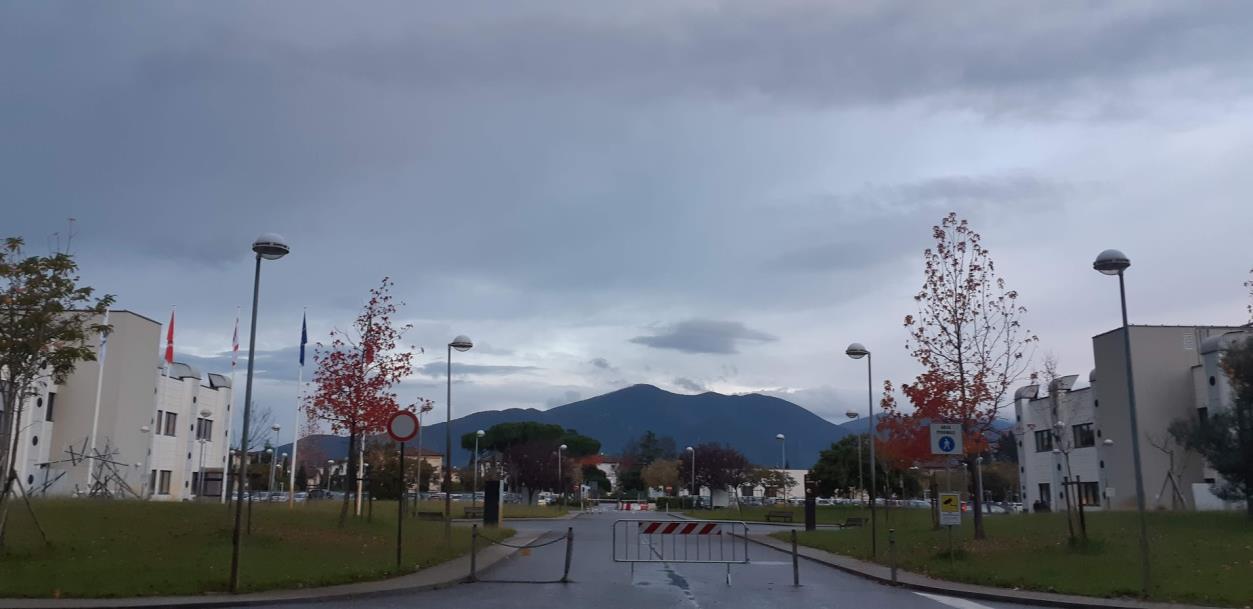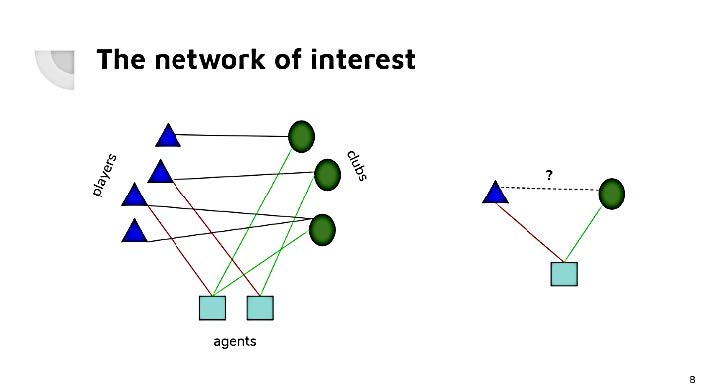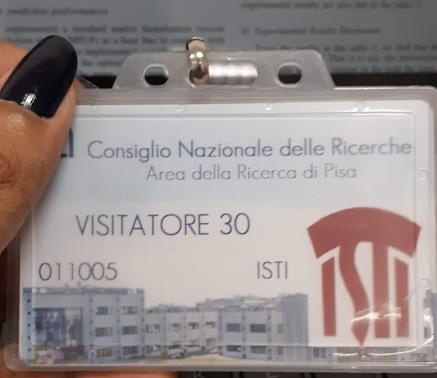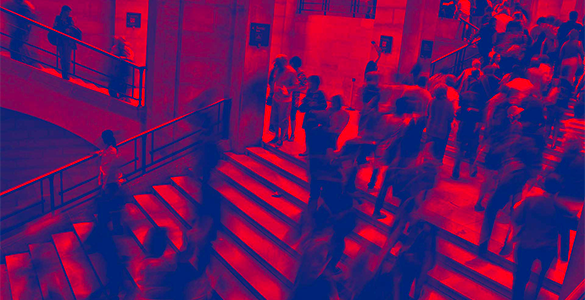Link prediction on club- player-agent network in soccer
by Pavithra Elumalai, India
Before I get into the very details of my Transnational Access Program (TNA) visit, writing this blog, I am Pavithra Elumalai, pursuing a Master of Science in Theoretical Computer Science from India. My TNA visit was in November of 2019 at the KDD lab of ISTI-CNR, Pisa, Italy, for a period no longer than 15 days. Oh, I should definitely show you the view at the institute.

This is my first venture into the domain of Sports Analytics. If you are in case wondering what can be accomplished in 15 days in a rather unknown area, I would say, the platform of TNA by SoBigData, the resources, guidance and mentorship it makes accessible are bigger than self-doubt and hesitation.
One-line summary of my project proposal is to predict the market transfers of players between clubs in soccer. In club-football, a player can change the club that he/she plays for, under a contract; involving a fee; called a transfer. These transfers are of much interest to soccer fans, clubs and other stakeholders. There is a lot in literature trying to predict the transfer of soccer players beforehand. In recent times, the involvement of people called soccer agents is brightly visible. Soccer agents stand intermediary between players (their clients) and clubs, representing players and facilitating transfers. My idea was to study the extent of influence soccer agents exert on player transfers, their behaviour in general. The experiment is to see if this new information is of any significance in predicting future transfers.

The data available was a database (which was obtained from ‘transfermarkt’ (https://www.transfermarkt.com/)) showing which club each player represented by year, starting 1951 to 2017. When the affiliation changes in a particular year, it was inferred to be a transfer. Despite the list of soccer agents and their player-clients being available on ‘transfermarkt’, it was not ready to use. It was then obtained from the website by text scraping to make into a data base of agents-players. I was merged with previously available data to gain insights into knowing which agents facilitated particular transfers.
Initial analysis revealed interesting results that are being further studied. My host at the lab was Dr. Luca Pappalardo, thanks to who made my visit efficient. I could not say further without mentioning Dr. Paolo Cintia, behind every valuable brainstorming, and every other lab member who made the visit pleasant.

I look forward to every opportunity to visit the lab back. If you’re reading this, and have not yet made your visit, what are you waiting for!?

